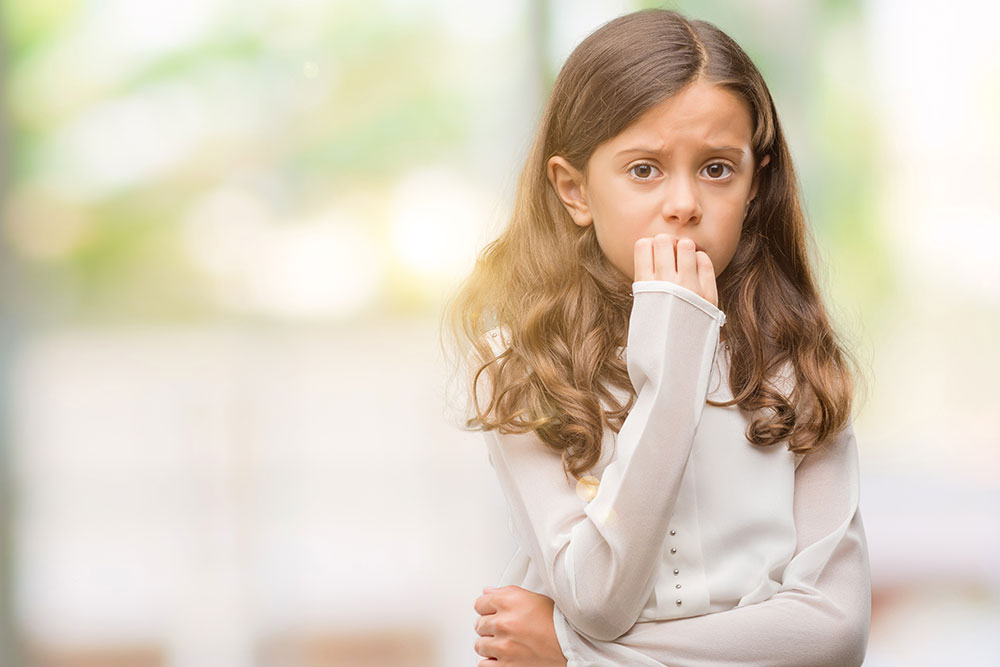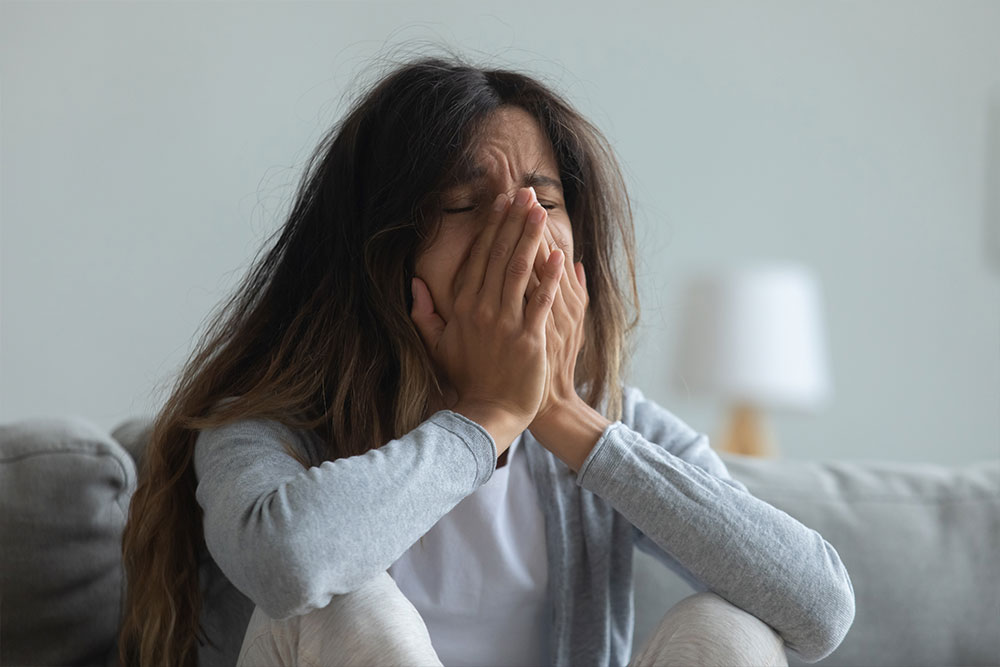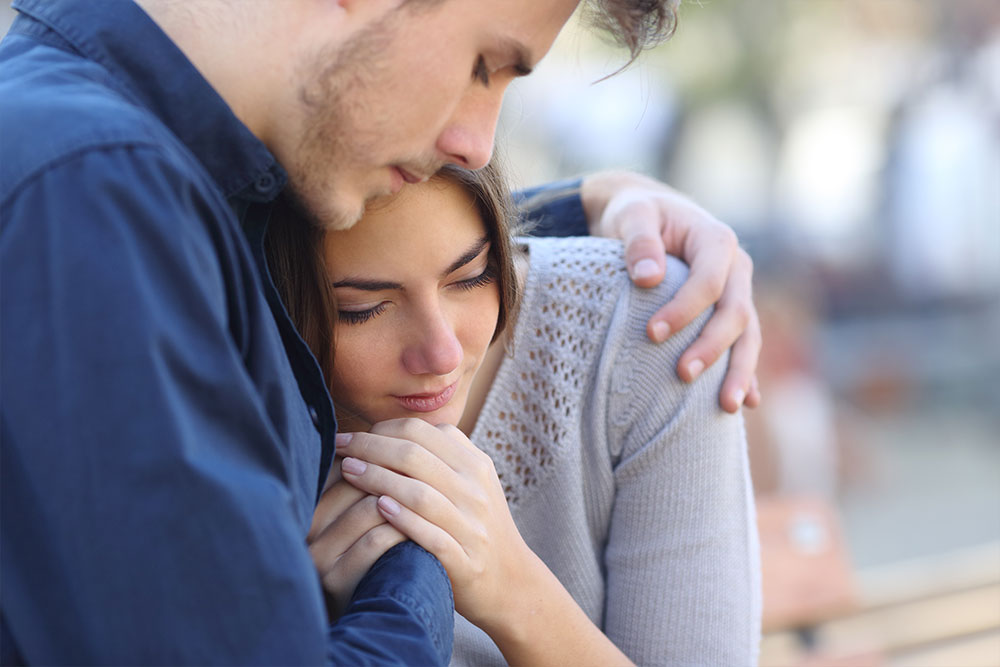Do you often find yourself thinking about what your partner is up to? Does your mind wander when there is a lack of communication, to imagine the worst-case scenarios? Do you often need reassurance about your relationships with everyone? This can be characterised as having an anxious attachment style. But before we move ahead, let’s understand what is meant by attachment styles.
Our attachment style, or how we act in relationships, is a direct reflection of how we were cared for as babies. 'Different methods of interacting and behaving in relationships define attachment styles. These attachment patterns are centred on how children and parents interact during early infancy. It is based on how a caregiver responds to an infant's requirements. Attachment style is a term used in maturity to characterise attachment patterns in romantic and interpersonal relationships,' says Ms Mehezabin Dordi, clinical psychologist, rehabilitation, and sports medicine department, Sir HN Reliance Foundation Hospital, Mumbai.

One of the four basic attachment styles is anxious attachment. Ms Dordi explains, 'Anxious attachment is a sort of insecure attachment style that stems from a fear of desertion and a sense of being undervalued. People who have an anxious attachment style worry about being separated from their partner. According to studies, about 19 per cent of persons exhibit an anxious attachment type.'
Causes
While there are no concrete causes, researchers have yielded that parenting styles and behaviours may have a significant role to play in forming attachments. Ms Dordi explains, 'Inconsistent parenting may be a contributing element in the development of an anxious attachment type. It could also be the result of their inability to respond quickly or consistently to symptoms of discomfort in their infant.'
A youngster may get confused and insecure as a result of a parent's or caregiver's inconsistent behaviour because they don't know what to expect. 'To get their needs satisfied, a kid who has developed an anxious attachment to a caregiver may be 'clingy' or 'whiny' toward them. Anxious attachment may also be influenced by genetics,' she says.
Signs

In Children
Ms Dordi explains that anxious attachment can be seen in both children and adults. When a child develops an uneasy attachment to their caregiver, they may get agitated when they are away from them. After the caregiver has returned, they may be difficult to console. The signs to watch out for are:
• Uncontrollable crying
• Becoming upset when a caregiver leaves
• Clinging to attachment figures
• Exploring less than peers their age
• Appearing anxious
• Not interacting with strangers
• Having difficulty regulating and controlling negative emotions
• Displaying aggressive behaviour and poor peer interactions

In Adults
Any person who acquired anxious attachment as an adult may require frequent reassurance and attention from their partner. They may also find it difficult to be alone or single. The signs to watch out for are:
• Inability to trust others
• Low self-worth
• Fears that your partners will forsake you
• Desire for closeness and intimacy
• Being unduly reliant on others in relationships
• Being too sensitive to a partner's behaviours and moods
• Being very emotional, impulsive, unpredictable, and temperamental
• Requiring regular reinforcement that people care about you
Ms Dordi further affirms that people, especially young adults, who form anxious attachments may be more vulnerable to a variety of anxiety disorders. Social phobia, generalised anxiety disorder, and panic attacks are examples of these conditions. Women are more likely than men to suffer from anxiety disorders. Another problem that can occur is depression.
Anxious Attachment And Relationships
Anxious attachment makes it difficult to feel safe in any relationship, including ones with family, friends, and partners.
Ms Dordi points out that relationships may be found to be on a regular basis as follows:
• Stressful
• Emotional
• Negative
• Unstable
You might also be insecure in your relationships, and fear rejection or abandonment. Anxious attachment patterns may also be linked to childhood abuse, according to some data.

Tips To Manage Anxious Feelings
If you’re wondering how to break out of this, it is important to remember that such attachment styles formed during childhood might not be easy to break out of. However, Ms Dordi affirms that you can learn to feel more secure in yourself and your relationships. This can necessitate a great deal of self-awareness and conscious effort on the side of the individual.
Here are a few things you can do:
• Practice being conscious of how you connect with others
• Examine the emotions you experience when you are anxious or insecure in a relationship, as well as how you react to them
• Try cognitive behavioural therapy or mindfulness techniques like meditation, which can help you manage and respond to these emotions in various ways
• A relationship counsellor or therapist can help you navigate through your emotions

Dealing With Someone With Anxious Attachment Issues
The majority of persons who suffer from attachment anxiety employ inefficient coping mechanisms that exacerbate their worry, such as often checking in on a partner. As a result, attachment anxiety remains high, resulting in strained relationships. Ms Dordi expounds, 'Because having a stable attachment style will make you a more compassionate person overall, it's critical to develop effective coping mechanisms.' Here’s how you can help someone with anxious attachment:
• Reassure them that you care about them on a regular basis
• Pay attention to them consistently
• Keep promises and commitments
• Encourage self-awareness and self-reflection to help them overcome anxious behaviours
• Go to therapy with your partner to better understand their coping mechanisms and to open up more avenues for a healthy relationship
Also Read: 5 Things I Learnt About Healing From The Worst Breakup Of My Life
Also Read: 5 C's Of A Happy Relationship